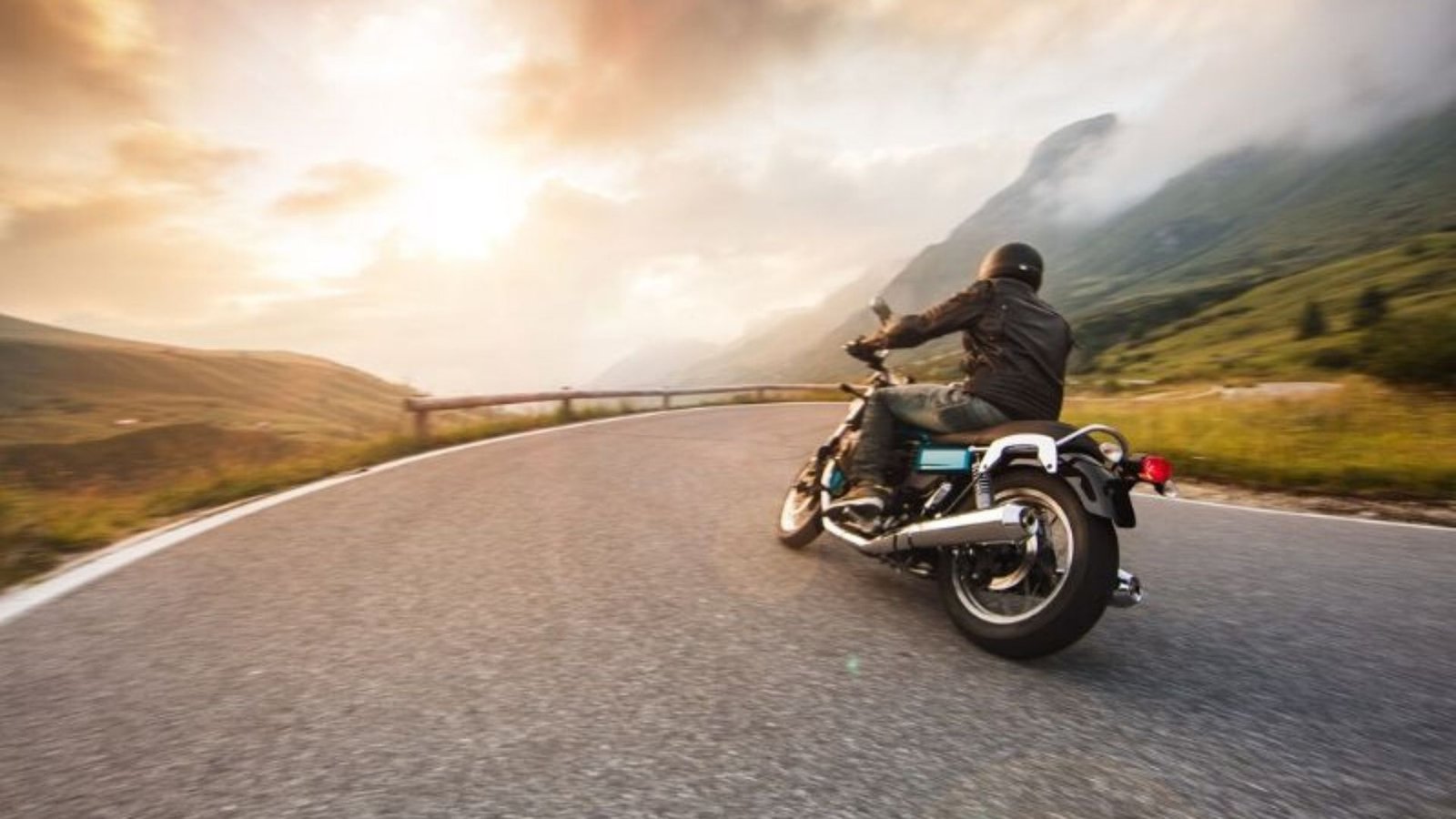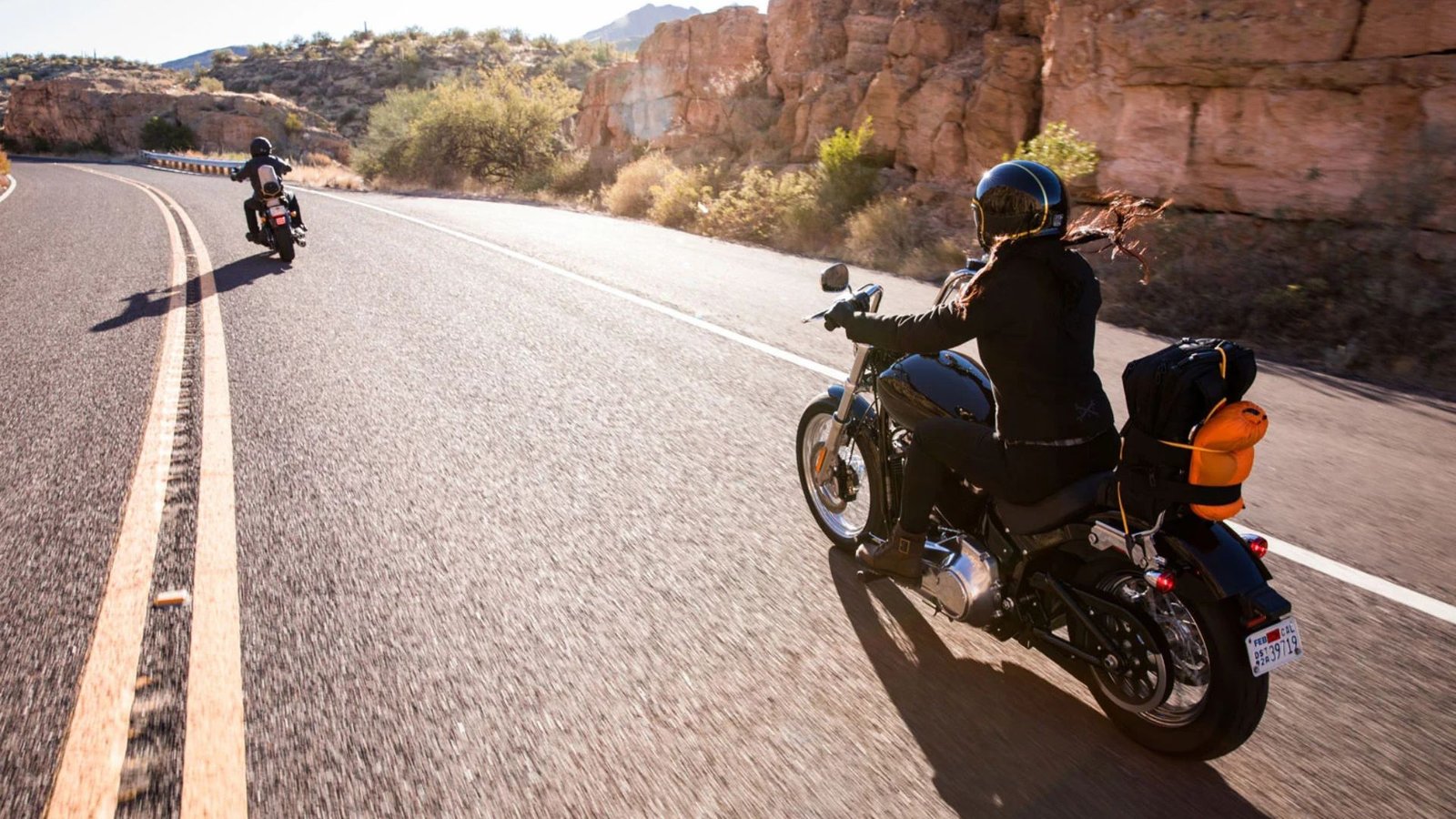Safety Tips Bikers Should Follow For Every Ride
Exploring the New York Biker Community
NY-Biker.com connects motorcycle enthusiasts across New York. Discover local events, ride routes, and biker resources. For a different type of online experience, explore online gambling australia.
Safety should always be a top priority for bikers, no matter the distance or destination. By following simple safety tips and preparing carefully, you can enjoy every ride with confidence and peace of mind. Let’s explore the key steps that can make your motorcycle journeys safer and more enjoyable.

Always Wear Proper Safety Gear
One of the most important safety tips bikers should follow is wearing the right gear. A quality helmet is non-negotiable—it protects your head and can save your life during accidents. Opt for a full-face helmet for maximum coverage and ensure it meets safety standards.
Don’t forget to wear protective clothing, such as jackets with armor, gloves, and sturdy boots. These items shield you from injuries caused by crashes or road debris. Always choose bright or reflective gear to increase visibility, especially at night.
Inspect Your Motorcycle Before Every Ride
A quick inspection of your bike before each ride can prevent serious issues on the road. Check the tires for proper pressure and tread wear, as they are crucial for stability and control. Also, test the brakes to ensure they respond effectively.
Make sure your lights, including headlights, taillights, and turn signals, are working properly. Verify that your mirrors are adjusted correctly for optimal visibility. These small checks can go a long way in ensuring a safe journey.
Follow Traffic Rules and Speed Limits
Adhering to traffic rules is one of the easiest ways to stay safe on the road. Always obey speed limits and adjust your speed according to road and weather conditions. Avoid weaving between vehicles or making sudden lane changes, as these actions can lead to accidents.
Use turn signals to communicate your intentions to other drivers. Stay aware of traffic signs and signals, and be mindful of pedestrians and cyclists. By riding predictably, you reduce the chances of collisions and misunderstandings.
Maintain a Safe Following Distance
Keeping a safe distance from vehicles ahead is essential for avoiding accidents. This allows you enough time to react to sudden stops or obstacles. A good rule of thumb is the two-second rule—choose a fixed object on the road and ensure your bike passes it two seconds after the vehicle in front.
On wet or slippery roads, increase this distance to account for longer braking times. Staying cautious can help you avoid rear-end collisions and other road hazards.
Stay Alert and Avoid Distractions
Riding a motorcycle requires full attention, so staying alert is critical. Avoid using your phone or adjusting your gear while riding. Keep both hands on the handlebars and your eyes on the road at all times.
Watch for potential dangers, such as potholes, gravel, or vehicles merging into your lane. Anticipate the actions of other drivers, especially at intersections, where many accidents occur. Remaining focused can save you from unexpected hazards.
Use Defensive Riding Techniques
Defensive riding involves anticipating potential risks and taking proactive measures to avoid them. For example, always assume that other drivers may not see you, especially in blind spots. Position yourself in lanes where you are most visible and use your horn when necessary to alert others.
Be extra cautious at intersections and when passing larger vehicles like trucks. These areas often have limited visibility, making it crucial to proceed carefully. Defensive riding helps you stay in control, even in unpredictable situations.
Adjust to Weather Conditions
Weather plays a significant role in motorcycle safety. Rain, fog, and snow can make roads slippery and reduce visibility. In such conditions, ride at a slower speed and avoid sudden braking or acceleration.
If possible, wait out extreme weather before heading out. Always carry weather-appropriate gear, such as rain suits or thermal layers, to stay comfortable and focused during the ride.
Conclusion
By following these safety tips bikers should follow for every ride, you can minimize risks and make your journeys more enjoyable. From wearing proper gear to staying alert and riding defensively, every step contributes to a safer experience. Prioritizing safety ensures that you can keep enjoying the thrill of motorcycling for years to come.



